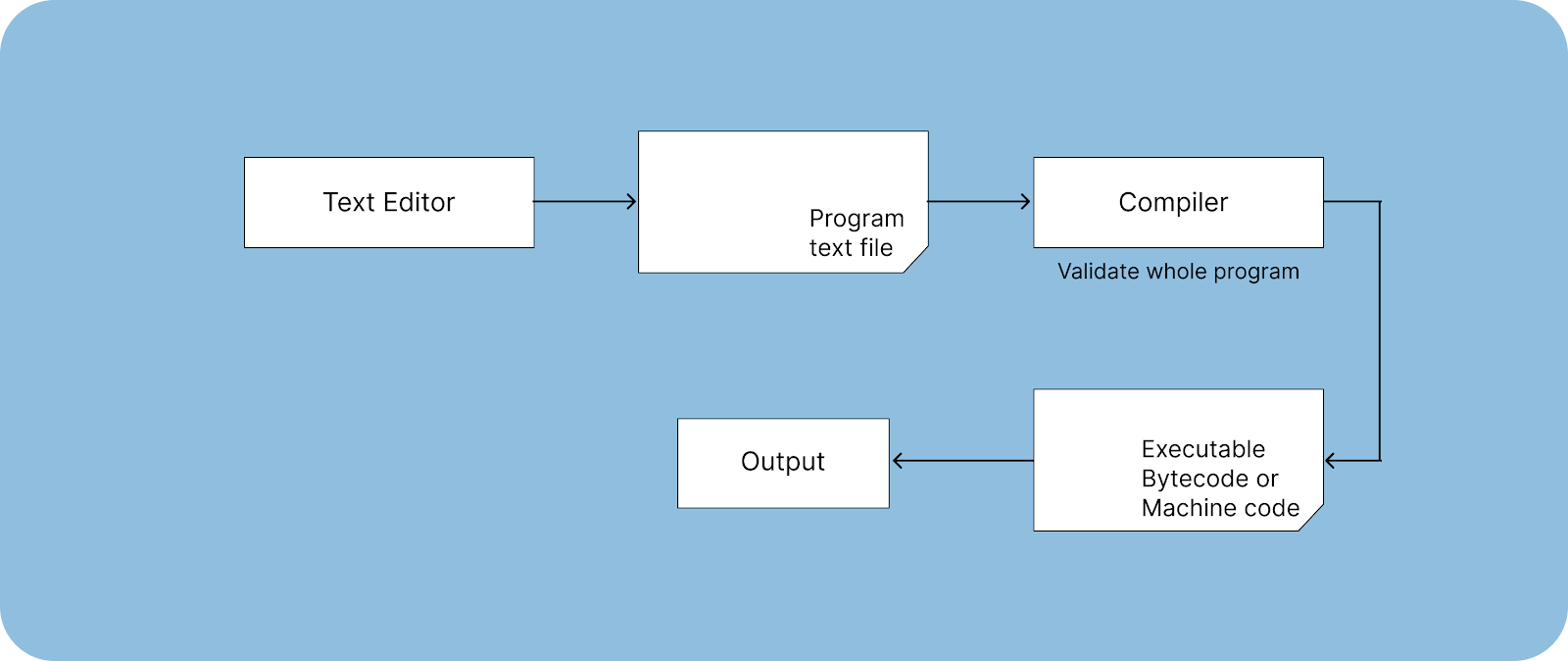Introduction to Programming Language Execution Models
Introduction to Programming Language Execution Models
Natively Compiled Languages
Natively compiled languages are programming languages that are converted directly into machine code by a compiler. This machine code is specific to the processor's architecture, allowing the program to run directly on the hardware without the need for an intermediary. This typically results in highly efficient and fast execution.
Examples of natively compiled languages include C, C++, and Rust.
Interpreted Languages
Interpreted languages are programming languages that are executed line-by-line by an interpreter at runtime, rather than being compiled into machine code beforehand. This approach makes it easier to implement and modify code, but generally results in slower execution compared to compiled languages, as the interpreter needs to process the code on the fly.
Examples of interpreted languages include Python, JavaScript, and Ruby.
Hybrid Approach
The hybrid approach combines elements of both compilation and interpretation. Programs written in hybrid languages are usually compiled into an intermediate bytecode, which is then executed by a virtual machine or an interpreter. This method aims to balance the efficiency of compiled languages with the flexibility of interpreted languages.
Examples of languages that use a hybrid approach include Java (compiled to bytecode and run on the JVM), C# (compiled to MSIL and run on the .NET CLR), and Python (which can be compiled to bytecode and run on the Python interpreter).
Advantages & disadvantages
Natively Compiled Languages
Advantages:
- High performance and efficiency due to direct machine code generation.
- Optimized for specific hardware, enabling better optimization opportunities.
- No need for an interpreter at runtime, reducing runtime overhead.
Disadvantages:
- Compilation time can be lengthy.
- Less flexibility for dynamic features.
- Platform dependency, requiring recompilation for different architectures.
Interpreted Languages
Advantages:
- Easier to implement and modify with no compilation step, allowing quick testing and development cycles.
- Platform independence.
- High flexibility and support for dynamic features.
- Suitable for scripting and rapid prototyping.
- Easier debugging with immediate feedback.
Disadvantages:
- Generally slower execution compared to compiled languages.
- Runtime overhead due to line-by-line interpretation.
- May require an interpreter to be present on the target system.
Hybrid Approach
Advantages:
- Balance of performance and flexibility with bytecode allowing faster execution than purely interpreted code.
- Platform independence through intermediate bytecode enabling cross-platform compatibility.
- Improved security with virtual machines enforcing security and managing resources.
- Combining benefits of both compilation and interpretation.
- Easier debugging and code analysis.
Disadvantages:
- Additional complexity in language implementation.
- Potentially less optimized than natively compiled code.
- Still incurs some runtime overhead.
- Initial compilation step required.


Comments
Post a Comment